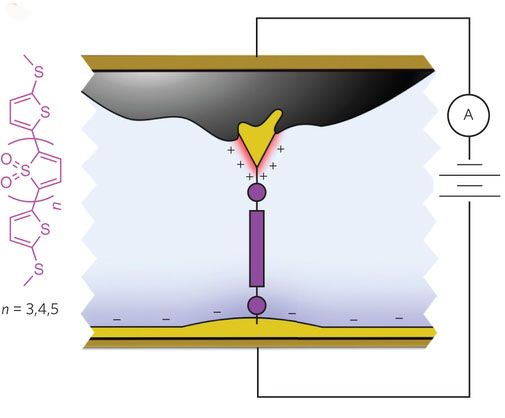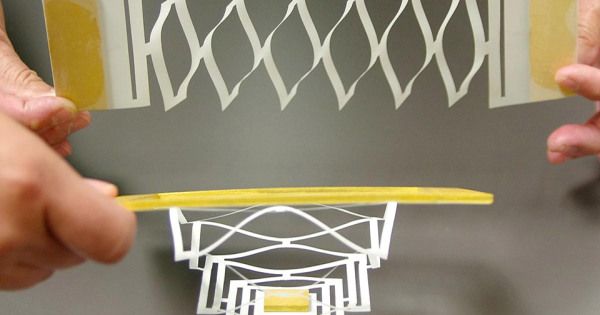Aug 10, 2015
DARPA Deploys Programmable Nanoscale Switches for Next-Generation Electronics
Posted by Phillipe Bojorquez in categories: computing, electronics, nanotechnology, neuroscience
The Defense Advanced Research Projects Agency (DARPA) website reports that two of DARPA’s Young Faculty Award (YFA) recipients have developed nanoscale electronic switches with reprogrammable features, similar to those at play in inter-neuron communication in the brain, which could find uses in next-generation reconfigurable electronic devices and brain-inspired computing.
















